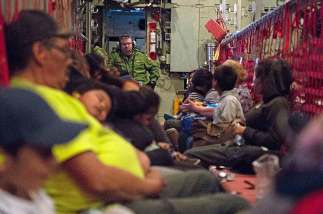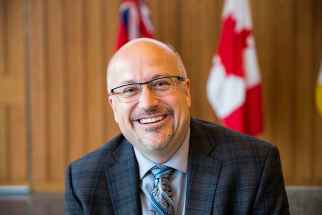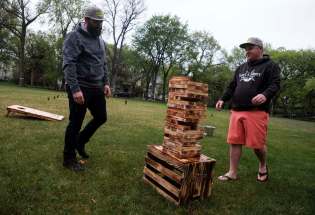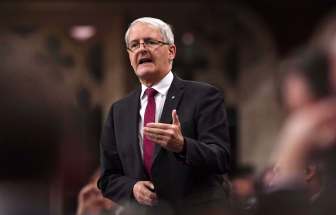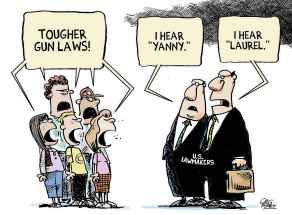New pilot regulations not ready for takeoff
Read this article for free:
or
Already have an account? Log in here »
To continue reading, please subscribe:
Monthly Digital Subscription
$0 for the first 4 weeks*
- Enjoy unlimited reading on winnipegfreepress.com
- Read the E-Edition, our digital replica newspaper
- Access News Break, our award-winning app
- Play interactive puzzles
*No charge for 4 weeks then price increases to the regular rate of $19.00 plus GST every four weeks. Offer available to new and qualified returning subscribers only. Cancel any time.
Monthly Digital Subscription
$4.75/week*
- Enjoy unlimited reading on winnipegfreepress.com
- Read the E-Edition, our digital replica newspaper
- Access News Break, our award-winning app
- Play interactive puzzles
*Billed as $19 plus GST every four weeks. Cancel any time.
To continue reading, please subscribe:
Add Free Press access to your Brandon Sun subscription for only an additional
$1 for the first 4 weeks*
*Your next subscription payment will increase by $1.00 and you will be charged $16.99 plus GST for four weeks. After four weeks, your payment will increase to $23.99 plus GST every four weeks.
Read unlimited articles for free today:
or
Already have an account? Log in here »
Hey there, time traveller!
This article was published 25/05/2018 (2753 days ago), so information in it may no longer be current.
No one wants pilots to nod off while they’re flying. But apart from that fundamental agreement, there is considerable controversy about the federal government’s proposed new cockpit fatigue rules.
Ottawa is updating Canadian Aviation Regulations, and it appears the one-size-fits-all changes don’t differentiate between the pilots of large and small aircraft. The commercial jet aircraft on which Winnipeggers fly to major cities are being treated the same as bush-worthy craft such as the float planes and helicopters currently trying to rescue people trapped by forest fires in Pauingassi First Nation and Little Grand Rapids First Nation.
While depending on aircraft to flee the path of forest fires is a relatively rare occurrence, Manitoba’s fly-in communities have a year-round dependence on aircraft such as twin turboprop workhorses that transport cargo, bring in visitors and medevac patients. The pilot changes proposed by Ottawa could imperil this vital transportation link.
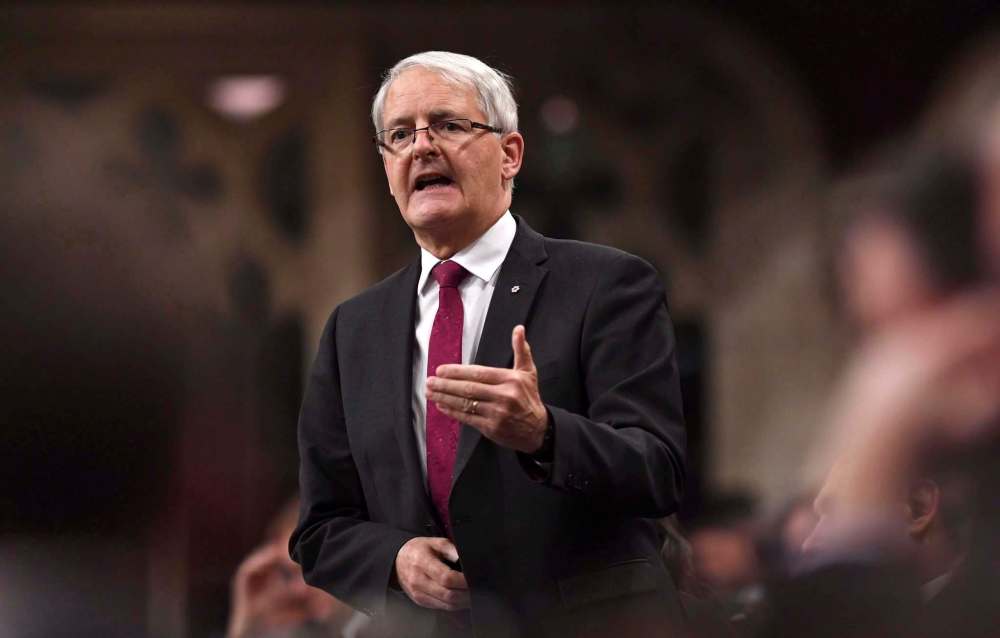
The new rules reduce the maximum time pilots can work, from 14 hours to 13 or even nine hours if night travel is included, which is frequent during the scant daylight hours in Manitoba winters. Importantly, the clock starts running when the pilot arrives at the airport, not when the plane takes off, so the work day can include meetings, safety checks on aircraft and unexpected delays including weather.
The reduction in the number of hours pilots can legally work could be a problem when pilots don’t have enough hours remaining on their shifts to fly back to base. Pilots can become stranded at fly-in communities that don’t offer overnight accommodation and hangars for planes that should be sheltered during harsh winter visits.
In a worst-case scenario, air service could be withdrawn from some northern communities because airlines find the new restrictions too cumbersome or too expensive if additional pilots are required to complete return trips. Even if flights aren’t eliminated, extra costs might be passed on to the northern communities that already pay sky-high prices for freight, including groceries.
The proposed changes have created turbulence in the airline industry.
The union representing pilots has lobbied in favour of the proposals that make it safer for pilots. The Air Line Pilots Association, which represents more than 5,000 commercial pilots in Canada, notes rules on pilot fatigue haven’t changed in 20 years. No doubt the union is aware the changes will mean more jobs for pilots.
But in a joint statement issued May 7, the Air Transport Association of Canada and the Helicopter Association of Canada asked Transport Minister Marc Garneau to reconsider.
They argue Canada has one of the best air-safety records in the world, and pilot fatigue has never been identified as the cause of a commercial airline accident.
They note airlines in Europe and the U.S. have updated pilot-fatigue regulations, but unlike Canada’s proposed rules, these other countries exclude vast sectors of the industry, including regional carriers, cargo, medevac and the helicopter industry.
A statement on their website invites Mr. Garneau to meet with industry before implementing changes that would have “disastrous consequences on commercial aviation in Canada.”
Ottawa should consider the feedback from the small-airline industry that services Canada’s northern hinterland. These are the experts who know the challenges of flying into St. Theresa Point on a February night when it’s -20 C and the wind is howling.
For far-north communities, bush planes provide a crucial connection. Ottawa should ensure its well-intentioned rule changes don’t unwittingly sever this lifeline.


